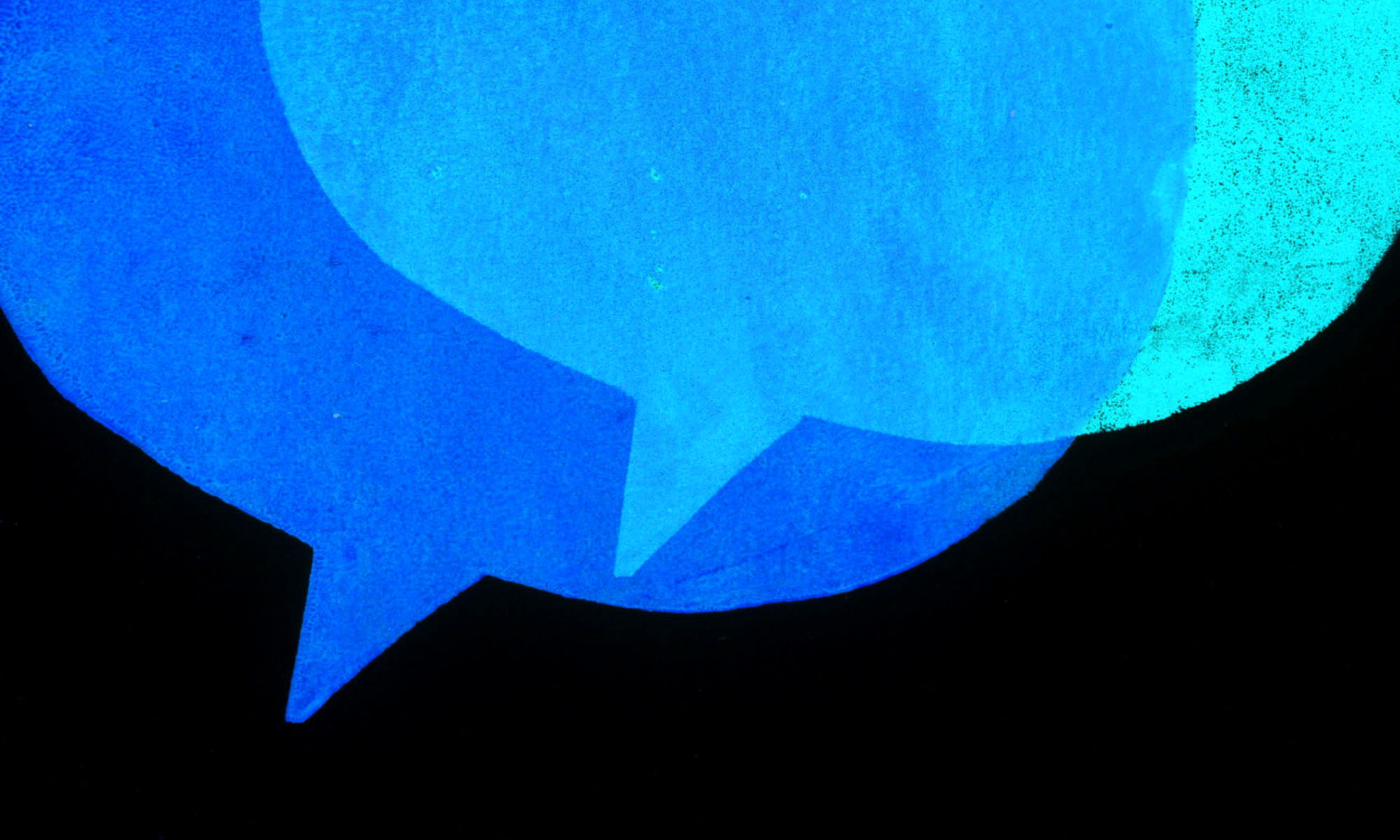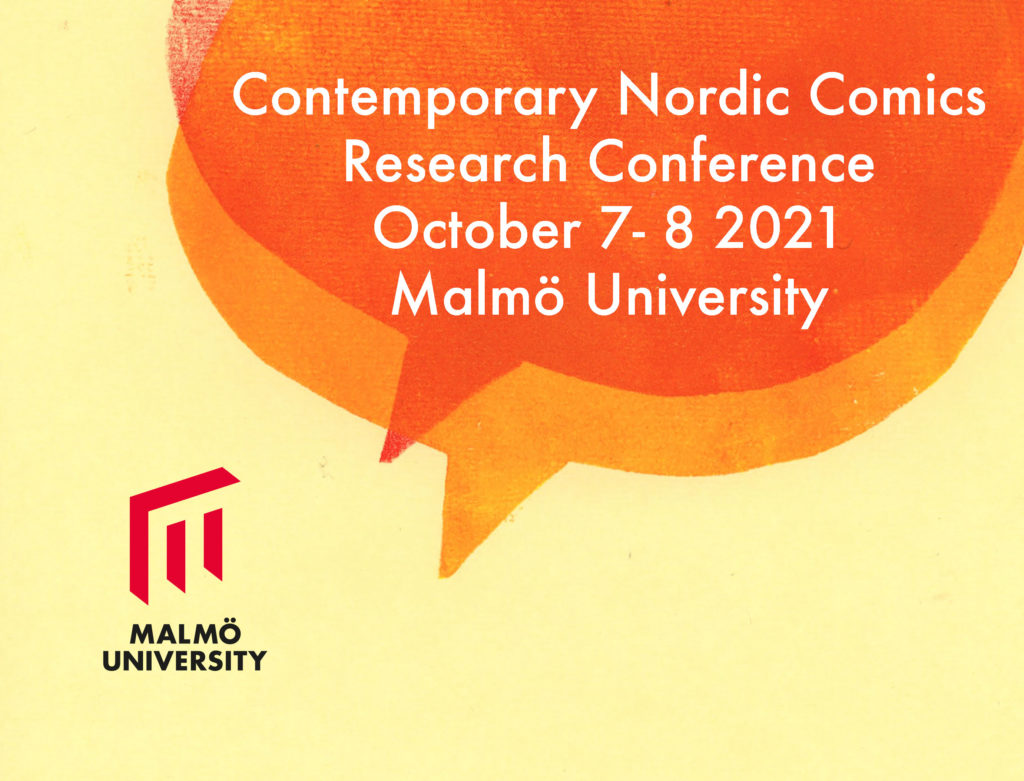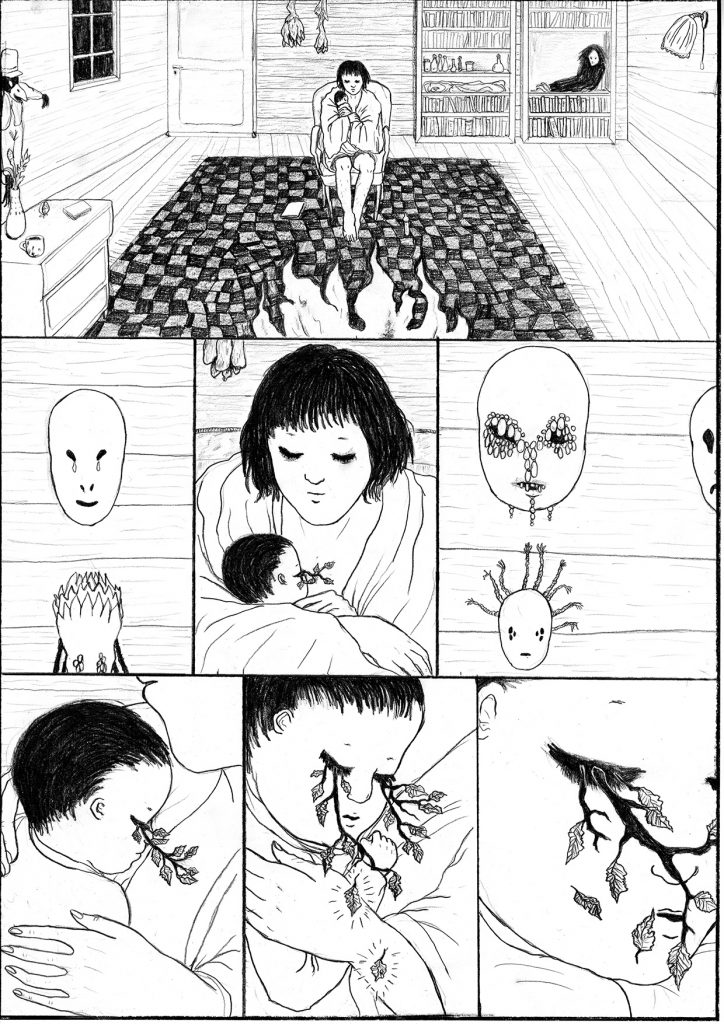Call for Abstracts
Panel at the 15th World Congress of Semiotics,
»Semiotics in the Lifeworld«, Thessaloniki, Greece, 2022,
https://www.semioticsworld.com
Convened by Prof. Dr. Stephan Packard, University of Cologne, Germany,
packard@uni-koeln.de
Please submit your abstract directly to Prof. Packard by **March 31st**.
Paper abstracts should include: Name/Affiliation/e-mail of
participant(s), Title, Abstract (200-250 words) and Keywords (up to 5).
Keywords: representational correspondence, ideology, cartoon,
caricature, comic.
Caricature and cartoon – depictions of bodies and spaces that are reduced to few exaggerated, simple contours – are fundamentally historical phenomena, their functions situated in the lifeworld of the cultures that employ them. But research into cartoonish artforms and genres has rarely engaged with the cultural and historical diversity of the cartoon, wrongly taking the aesthetics of the modern European caricature for granted.
This panel invites discussion into the vast and varied cultural and historical array of cartoonised aesthetics, while narrowly focusing analysis on its most striking semiotic dimensions – those connected to the principle that Gregory Currie described as representational correspondence (2010): »for a given representational work, only certain features of the representation serve to represent features of the things represented«. Understood in this narratological approach as a license or accommodation for representation, the negotiable validity of some of the semiotic resources offered in a cartoonish picture invites debate and critique from pragmatic, ethical, and political points of view. Are stereotypical anamorphoses such as an enlarged nose, sharpened teeth, or exaggerated bosoms mere traditional and comical schemata without further reference, or do they denigrate, emphasize, connote, and reproduce hegemonic relations?
So far, even the most obvious connections to the traditions of European anti-semitic and colonial racist gazes have rarely been systematically analyzed (cf. Gray 2004), and deeper considerations of gender and class have been mostly focused on some of the most recent popular artforms (cf. e.g. Nolan 2008, Madrid 2016) and have yet to realize the analytical and explicatory potential of a dedicated semiotic study. The ideologies nested in the semiotic third space (Packard 2006, 2016; Wilde 2020) afforded between the reference and the exaggeration of the cartoon deserve greater and semiotically precise scrutiny.



